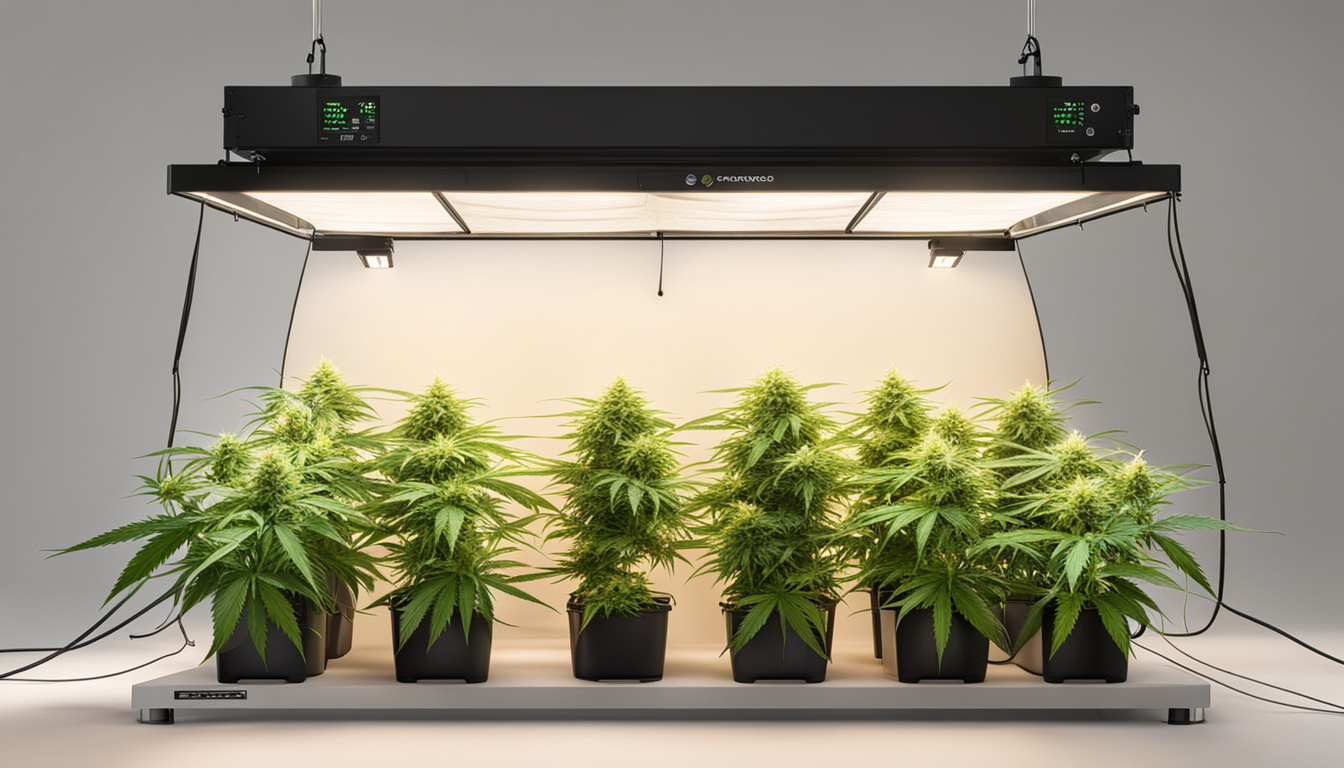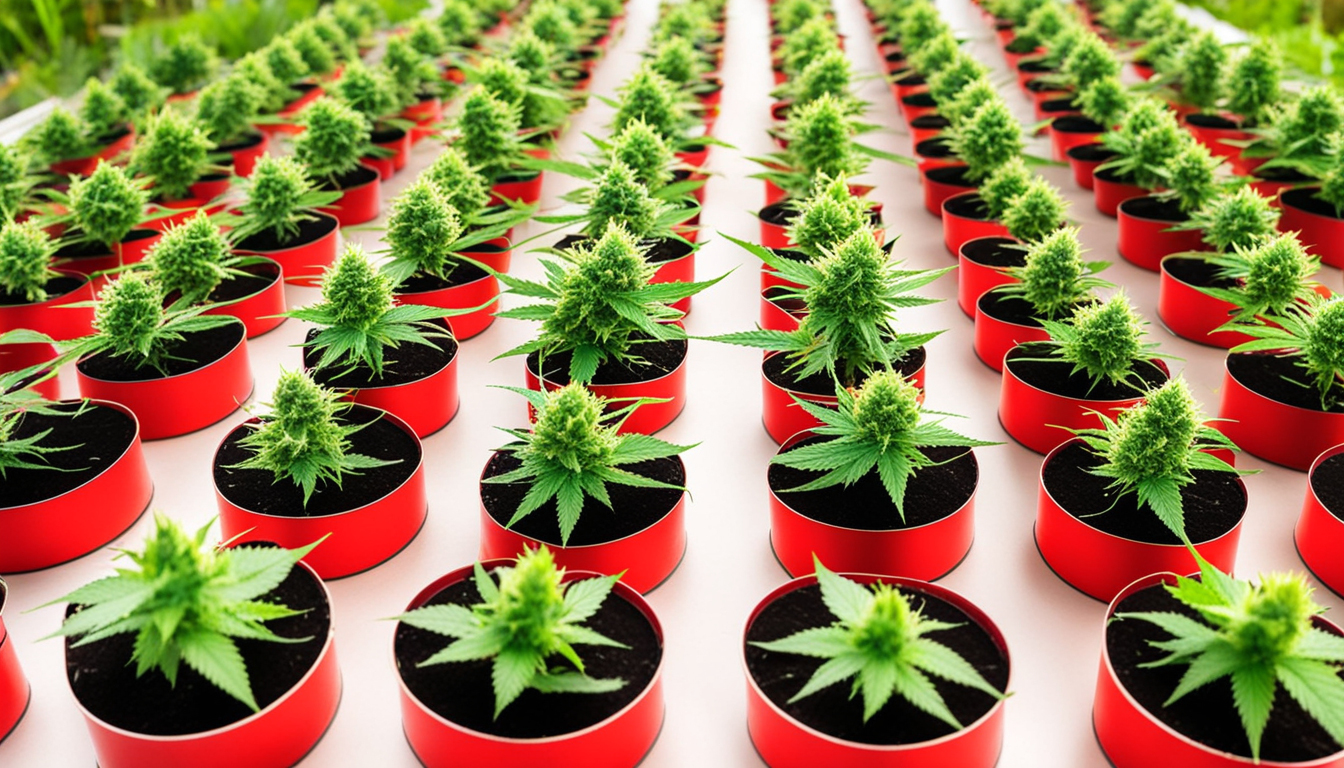
Whether you're just starting out with pot cultivation or looking to improve your existing grow, following this complete guide will help you produce big, high-quality yields right at home. With the right supplies, strategies, and care, growing weed indoors can be an extremely satisfying and cost-effective endeavor.
Choosing Pot Varieties
The first step in planning your indoor grow is picking the right weed varieties to produce. The three main types of cannabis plants each have their own characteristics.
Sativas
Known for their invigorating intellectual effects, these strains spread tall and slender with narrow leaves. They flourish in warmer equatorial climates and have a longer flowering time between 10-12 weeks indoors. Top energizing varieties include Sour Diesel, Durban Poison, and Jack Herer.
Relaxing strains
These strains provide calming body-focused effects and spread short and bushy with wide leaves. Accustomed to colder mountain climates, they bloom faster within 2-2.25 months. Popular relaxing varieties include Northern Lights, Bubba Kush, and Bubba Kush.
Hybrids
Mixed strains mix traits from both energizing strains and relaxing strains. They offer blended effects and have moderate flowering periods around 9-10 weeks. Well-known hybrids are OG Kush, Girl Scout Cookies, and Blue Dream.

Setting Up Your Cultivation Space
Marijuana plants need the right controlled environment to thrive. Key factors for indoor grows are lights, airflow, layout, and finding the ideal discreet spot.
Location
Choose an empty space with quick access to water and electrical outlets. An empty spare room, large closet, corner of the basement, or cultivation tent tucked away in a garage all make great hidden grow room spots.
Lights
Marijuana requires strong light for all growth stages. LEDs are efficient and come in full spectrum options mimicking real sunlight. Cover 250-400 watts per square foot for the vegetative stage and 20-40 watts per sq. ft. for bloom.
Airflow
Proper ventilation and exhaust systems maintain ideal temp, moisture, and fresh CO2 levels. Install low-noise 4-6 inch fans or scrubbers to refresh old air and reduce odors.
Layout
Optimize your space by arranging plants strategically under the lights and allowing room to reach and work around them. Set up separate zones for growth, bloom, drying, and propagation.

Growing Substrates
Cannabis can be grown in various mediums, each with benefits and cons. Pick a suitable option for your particular setup and growing style.
Soil
The classic substrate, soil is affordable and simple for beginners. It provides excellent taste but needs more watering and nutrients to nourish plants. Enrich soil with vermiculite or coco to enhance drainage.
Coconut coir
Made from coconut husks, reusable coconut fiber retains water but still lets in air to the roots. It's more sterile and more predictable than soil. Use coir-specific nutrients to avoid accumulation.
Hydroponics
In water systems, plant roots grow right in fertilizer water solution. This enables quick growth but needs close observation of solution chemistry. DWC and irrigation systems are common methods.
Sprouting Seeds
Germination prepares your pot seeds to begin sprouting taproots. This readies them for planting into their cultivation medium.
Paper Towel Method
Put seeds between wet paper towel and keep them moist. Inspect after a week for emerging taproots showing sprouting is complete.
Direct Planting
Insert seeds right into wetted growing medium 1⁄4 inch deep. Gently water and wait 7-14 days until sprouts push through the top.
Rockwool Cubes
Presoak rockwool cubes in pH-adjusted water. Insert seeds 1⁄4 inch deep into the Request More Info cubes. Keep cubes wet until sprouts emerge within 1-14 days.
Repotting Young plants
Once germinated, cannabis seedlings need to be repotted to avoid overcrowding. Move them into appropriately sized pots.
Ready Containers
Fill final pots with cultivation medium amended with time-released fertilizer. Let containers to absorb water overnight before repotting.
Gently repotting
Carefully separate seedling roots from germination medium using a spoon. Put into pre-soaked pot at equal depth as before and gently water in.
Growth Stage
The vegetative stage promotes leafy growth and plant structure through 18-24 hours of daily lighting intensity. This stage usually lasts 1-2 months.
Using 3/4 to full day of Light
Use grow lights on a 24 hour cycle or natural sunlight to trigger nonstop growth. Lamp intensity influences size and internodal spacing.
Nutrients
Use grow stage fertilizers higher in nitrogen. Make sure pH stays around 6.5 for proper nutrient absorption. Fertilize 25-50% concentration after 14 days and strengthen slowly.
LST and topping
Fimming, LST, and scrogging manipulate growth patterns for even canopies. This increases yields.

Flowering Stage
The flowering stage grows buds as plants reveal their sex under a Learn More 12 hour light schedule. It lasts 2-3 months based on variety.
Switching to 12/12
Change grow lights to 12 hours on, 12 hours off or move outside for outdoor 12 hour cycle. This signals plants to start blooming.
Flushing
Leaching removes nutrient salts to enhance flavor. Fertilize weakly the first weeks then just use plain water the last 2 weeks.
Flushing
Maintain 12 hour photoperiod but flush using pH-balanced water only. Return to clean watering if buds aren't ripe after two weeks.
Reaping
Recognizing when weed is fully ripe delivers maximum cannabinoid content and aroma. Cut down plants at optimal maturity.
Signs of readiness
Check swollen calyxes, faded pistils, and 10-15% cloudy trichs. Check buds across the plant as they won't all ripen evenly.
Harvesting plants
Use clean, sharp trimming scissors to gently cut each plant at the base. Keep 5-10cm of stem attached.
Curing
Hang whole plants or colas upside down Donate Here in a dark room with moderate temperature and RH around 50-60% for 1-2 weeks.
Aging
Curing continues desiccating while aging the buds like fine wine. This process mellows bitterness and further develops terpene and terpene profiles.
Curing containers
Trim cured buds from branches and place into sealed containers, filling about 3⁄4 full. Use a sensor to measure container humidity.
Burping Daily
Unseal jars for a short time daily to gradually lower humidity. Rehydrate buds if humidity goes under 55%.
Long term storage
After 2-3 weeks when moisture levels off around 55-65%, do a final manicure and keep forever in sealed jars.
Common Problems and Solutions
Even experienced cultivators run into various pot plant problems. Identify problems early and fix them properly to keep a healthy garden.
Poor feeding
Yellowing leaves often signify insufficient nitrogen. Anthocyanins and leaves show low phosphorus. Check pH and boost nutrients slowly.
Pests
Thrips, aphids, fungus gnats, thrips, and nematodes are frequent weed pests. Use organic sprays, ladybugs, and yellow traps for natural control.
Mold
Excessive humidity promotes powdery mildew and bud rot. Increase airflow and venting while lowering RH below 50% during bloom.

Summary
With this complete indoor weed cultivation guide, you now have the info to cultivate plentiful potent buds for private grows. Apply these steps and techniques during the germination, vegetative, and flowering stages. Invest in good gear and closely check on your plants. In time, you'll be compensated with sticky fragrant buds you grew yourself under the loving care of your green thumbs. Good luck cultivating!